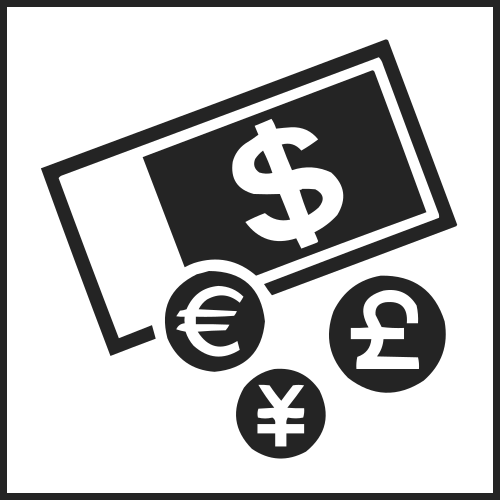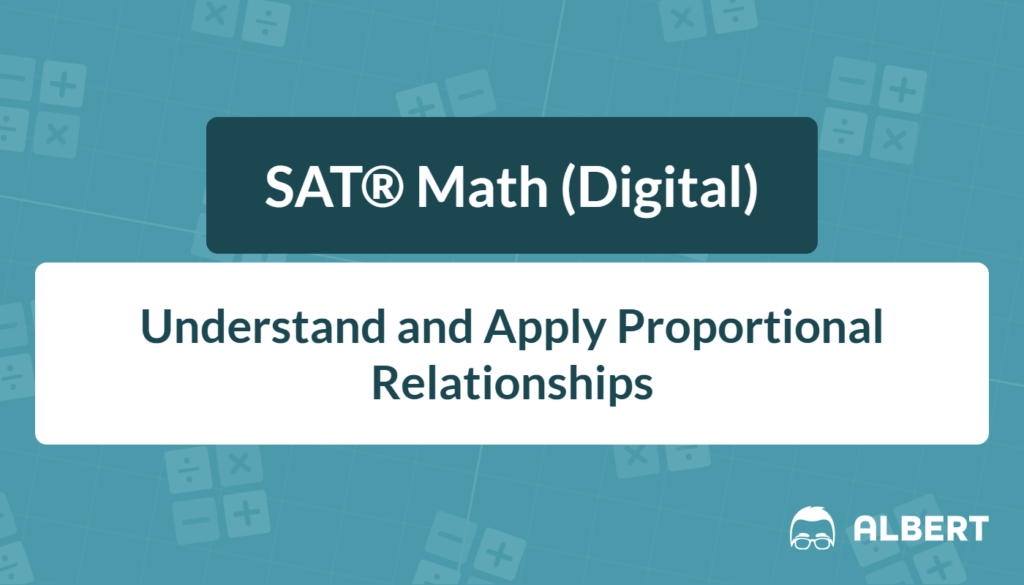Understanding how to spot and use a proportional relationship is a powerful tool on the SAT®. When two quantities grow or shrink together by the same factor, many test questions become quick work instead of long puzzles. After reading this guide, readers will understand and apply proportional relationships in ratios, rates, unit conversions, and graphs.
What We Review
Introduction
Because the SAT® loves to hide simple patterns in word problems, proportional reasoning often unlocks the fastest route to an answer. Therefore, spending focused time on this topic delivers a strong score return. This guide breaks the big idea into smaller steps, supplies clear examples, and ends with practice problems that mirror actual exam style.
Proportional Relationships 101
A. What “proportional” really means
Two variables, x and y, are proportional if their quotient is constant:
\dfrac{y}{x}=k
Here, k is called the constant of proportionality. Because their ratio never changes, doubling x automatically doubles y. A plain ratio such as “3:4” shows one comparison, but a proportional relationship keeps that comparison true for every pair of values.
B. Key properties
- Constant multiplier: y=kx
- Multiplicative change, not additive change
- The graph is a straight line through the origin
C. Everyday Analogy: Recipe doubling
If a recipe needs 2 cups of flour for 3 cups of sugar, any larger batch must keep the same \dfrac{\text{flour}}{\text{sugar}}=\dfrac{2}{3}. Triple the sugar, and the flour triples as well.
D. Quick Check-In Example
A printer produces 120 pages in 3 minutes. How many pages in 8 minutes?
To find how many pages it can print in 8 minutes, first set up a ratio
\dfrac{120\text{ pages}}{3\text{ min}} = k
…which gives a rate of k = 40 pages per minute.
Now multiply the rate by the number of minutes:
40 \text{ pages/min} \cdot 8 \text{ min} = 320 \text{ pages}
So, the printer can produce 320 pages in 8 minutes.
Ratios vs. Rates vs. Units
A. Clear definitions
- Ratio: comparison of two like quantities (e.g., red marbles to blue marbles).
- Rate: comparison with different units (e.g., miles per hour).
- Unit rate: rate for one unit of the denominator (e.g., dollars per 1 pound).
B. How to write them
- Fraction: \dfrac{7}{5}
- Colon: 7 : 5
- “to” language: 7 to 5
The SAT® often uses fractions in algebra settings, yet word problems may use any form.
C. When the SAT® prefers each form
- Graph or equation items → fraction form.
- Wordy contexts like recipes → “to” form.
- Scale models → colon form.
D. Worked Example: Miles per hour
A car travels 198 miles in 3 hours. What is the speed in miles per minute?
First, calculate the miles per hour:
\dfrac{198\text{ mi}}{3\text{ h}} = 66\text{ mph}
Since 1\text{ hour} = 60\text{ minutes}, convert the rate:
66\text{ mph} = \dfrac{66\text{ mi}}{60\text{ min}} = 1.1\text{ mi/min}
So, the car travels at a speed of 1.1 miles per minute.
Setting Up and Solving Proportions
A. Cross-multiplication made visual
For \dfrac{a}{b}=\dfrac{c}{d}, cross products match: ad=bc. Because both products equal the same area of a rectangle, equality follows.
B. Scale factor logic
When a is multiplied by \tfrac{c}{a} to get c, b must also multiply by that same scale to keep balance.
C. Example: Backpack Sale
A backpack costs \$60 at full price. During a sale, the price is \$48. What percent discount is that?
First, set up a proportion comparing the sale price to the original price:
\dfrac{48}{60} = \dfrac{x}{100}
Cross-multiply to get: 60x = 4800, then solve for x:
x = 80
This means the sale price is 80\% of the original price, so the discount is 20\%.
Scale Drawings & Maps
A. Translating a scale
If a map uses 1 cm : 50 m, then every centimeter on paper equals 50 meters. You can use these types of scale factors to solve problems.
B. Geometry tie-in
- A linear measure is multiplied by a scale factor.
- Area changes by the square of the scale factor: s^2.
- Volume changes by the cube when relevant.
C. Example: Blueprint Pool
On a blueprint, a rectangular swimming pool measures 4 cm by 2 cm. The scale is 1 cm : 3 m.
- Real length: 4\text{ cm}\times 3\text{ m/cm}=12\text{ m}.
- Real width: 2\text{ cm}\times 3\text{ m/cm}=6\text{ m}.
- Real perimeter: 2(12+6)=36\text{ m}.
- Real area: 12\text{ m}\times 6\text{ m}=72\text{ m}^2.
Derived Units: Products and Quotients
A. Product-based units
Kilowatt-hour (kWh) combines power and time. Because 1\text{ kWh}=1\text{ kW}\times1\text{ h}, it measures energy.
B. Quotient-based units
Population density = \dfrac{\text{people}}{\text{km}^2}.
Cost per ounce = \dfrac{\$}{\text{oz}}.
C. Example: Electricity Bill
A household uses 450 kWh in a month. If electricity costs \$0.12 per kWh, what is the bill?
- Multiply: 450\text{ kWh}\times\$0.12/\text{kWh}=\$54.
- No other fees, so the total is \$54.
Currency Exchange & Measurement Conversions
A. Building a conversion chain
Link fractions so units cancel, much like multiplying by 1 in clever forms.
B. Dimensional analysis shortcut
Write the desired unit on top, then arrange conversion factors until everything else cancels.
C. Example: Euros to Dollars to Yen
A tourist holds 150 euros. A bank offers 1\text{ euro}=1.10\text{ USD}. A store in Japan lists a jacket at 13{,}200 yen. Given 1\text{ USD}=120\text{ yen}, can the tourist afford it?
- Convert euros to USD:
- 150\text{ EUR}\times1.10\dfrac{\text{USD}}{\text{EUR}}=165\text{ USD}.
- Convert USD to yen:
- 165\text{ USD}\times120\dfrac{\text{yen}}{\text{USD}}=19{,}800\text{ yen}.
- Since 19{,}800 > 13{,}200, the tourist can buy the jacket.
This whole process can be done in one expression by strategically placing units and multiplying.
\dfrac{150\text{ EUR}}{1}\cdot\dfrac{1.10\text{ USD}}{1\text{ EUR}}\cdot\dfrac{120\text{ yen}}{1\text{ USD}} =19{,}800

Recognizing Proportions in Graphs and Tables
A. Straight-line through the origin test
If plotted points form a line that passes through (0, 0), the variables are proportional.
B. Identifying k from data
Given (3, 24) and (5, 40)
k=\dfrac{y}{x}=\dfrac{24}{3}=8
Both pairs match, so y=8x.
C. Quick Example
A table shows:
| x | y |
| 2 | 14 |
| 4 | 28 |
| 7 | 49 |
Because \dfrac{y}{x}=7 for each pair, y=7x and the graph would be a line through the origin.
Common Mistakes & How to Dodge Them
- Mixing additive with multiplicative change. Doubling is multiplicative; adding ten is not.
- Dropping units in multi-step conversions. Always write units to see cancellations.
- Misreading a map or model scales. Check whether 1 cm represents meters or kilometers.
- Forgetting to square scale factors for area. When length triples, area multiplies by nine.
Quick Reference Chart: Must-Know Vocabulary
| Term | Simple Definition |
| Proportional Relationship | Two quantities where \dfrac{y}{x}=k for all pairs |
| Constant of Proportionality (k) | The unchanging multiplier in y=kx |
| Ratio | Comparison of like units (e.g., 3 girls to 4 boys) |
| Rate | Ratio of different units (e.g., 60 miles per hour) |
| Scale Factor | Multiplier connecting a model to a real object |
| Derived Unit | Unit formed by multiplying/dividing basic units (e.g., kg m/s²) |
| Unit Conversion | Changing a value into different units using equalities |
| Dimensional Analysis | Process of chaining conversions so unwanted units cancel |
Practice Problems
Try these without looking at the solutions. Answers hide below the line.
- A recipe needs 5 cups of water for 2 cups of rice. How much water for 3.5 cups of rice?
- A map uses 1 in : 4 mi. Two towns are 2.8 inches apart on the map. Find the real distance.
- A city has 2.4 million people spread over 600 km². What is the population density in people per square kilometer?
- A stock price changes from \$45 to \$36. By what percent did it decrease?
Solutions
- 8.75 cups of water
- 11.2 miles
- 4{,}000\text{ people/km}^2
- 20\% decrease
Key Takeaways & Next Steps
- Every proportional relationship follows the rule y=kx, making problems predictable.
- Correct unit management prevents errors and speeds calculations.
- Scale factors multiply lengths, square areas, and cube volumes.
- Cross-multiplication solves any two-by-two proportion quickly.
- Continuous practice builds fluency; therefore, attempt several questions daily.
For deeper preparation, explore additional SAT® Math resources that target algebra, geometry, and data analysis. Consistent review will solidify the ability to understand and apply proportional relationships across all test contexts.
Sharpen Your Skills for SAT® Math (Digital)
Are you preparing for the SAT® Math (Digital) test? We’ve got you covered! Try our review articles designed to help you confidently tackle real-world SAT® Math (Digital) problems. You’ll find everything you need to succeed, from quick tips to detailed strategies. Start exploring now!
Need help preparing for your SAT® Math (Digital) exam?
Albert has hundreds of SAT® Math (Digital) practice questions, free response, and full-length practice tests to try out.









